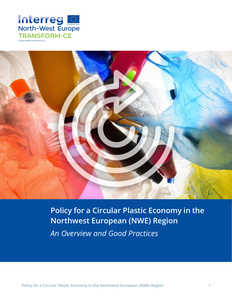While the notion of autarky is often contested in terms of feasibility and desirability, art and design projects that deal with autarky seem to moreover suggest positive socio-cultural and ecological effects of autarkic living. A social network model of autarky is introduced to unify these seemingly opposing views.
DOCUMENT

While the notion of autarky is often contested in terms of feasibility and desirability, art and design projects that deal with autarky seem to highlight the positive socio-cultural and ecological effects of autarkic living. This paper will discuss three notable media artworks that highlight these positive effects of autarkic living, and will unify them with opposing views by introducing a social network model of autarky.
LINK
After the unconditional surrender of the Third Reich in May 1945, Germany no longer existed as a sovereign, independent nation. It was occupied by the four Allied powers: France, Great Britain, the United States and the Soviet Union. When it came to the postwar European recovery, the biggest obstacle was that the economy in Germany, the dominant continental economic power before the Second World War, was at an almost complete standstill. This not only had severe consequences for Germany itself, but also had strong economic repercussions for surrounding countries, especially the Netherlands. As Germany had been the former’s most important trading partner since the middle of the nineteenth century, it was clear that the Netherlands would be unable to recover economically without a healthy Germany. However, Allied policy, especially that of the British and the Americans, made this impossible for years. This article therefore focuses on the early postwar Dutch-German trade relations and the consequences of Allied policy. While much has been written about the occupation of Germany, far less attention has been paid to the results of this policy on neighbouring countries. Moreover, the main claim of this article is that it was not Marshall Aid which was responsible for the quick and remarkable Dutch economic growth as of 1949, but the opening of the German market for Dutch exports that same year. https://doi.org/10.1515/jbwg-2018-0009 LinkedIn: https://www.linkedin.com/in/martijn-lak-71793013/
MULTIFILE

This document combines four reports on existing regional business support programmes for inclusion or understanding of circular economy (CE) objectives, deliverable DT3.1.2 from the transform-CE project. Besides a general overview on national and regional level, the focus is on a selection of national and regional programmes aimed at the plastics industry. After explaining the format to structure the programmes, the results for the four regions are presented: Greater Manchester (UK), Rhineland Palatinate and North-Rhine Westphalia (DE), Wallonia (BE), Central Netherlands (NL).
MULTIFILE
